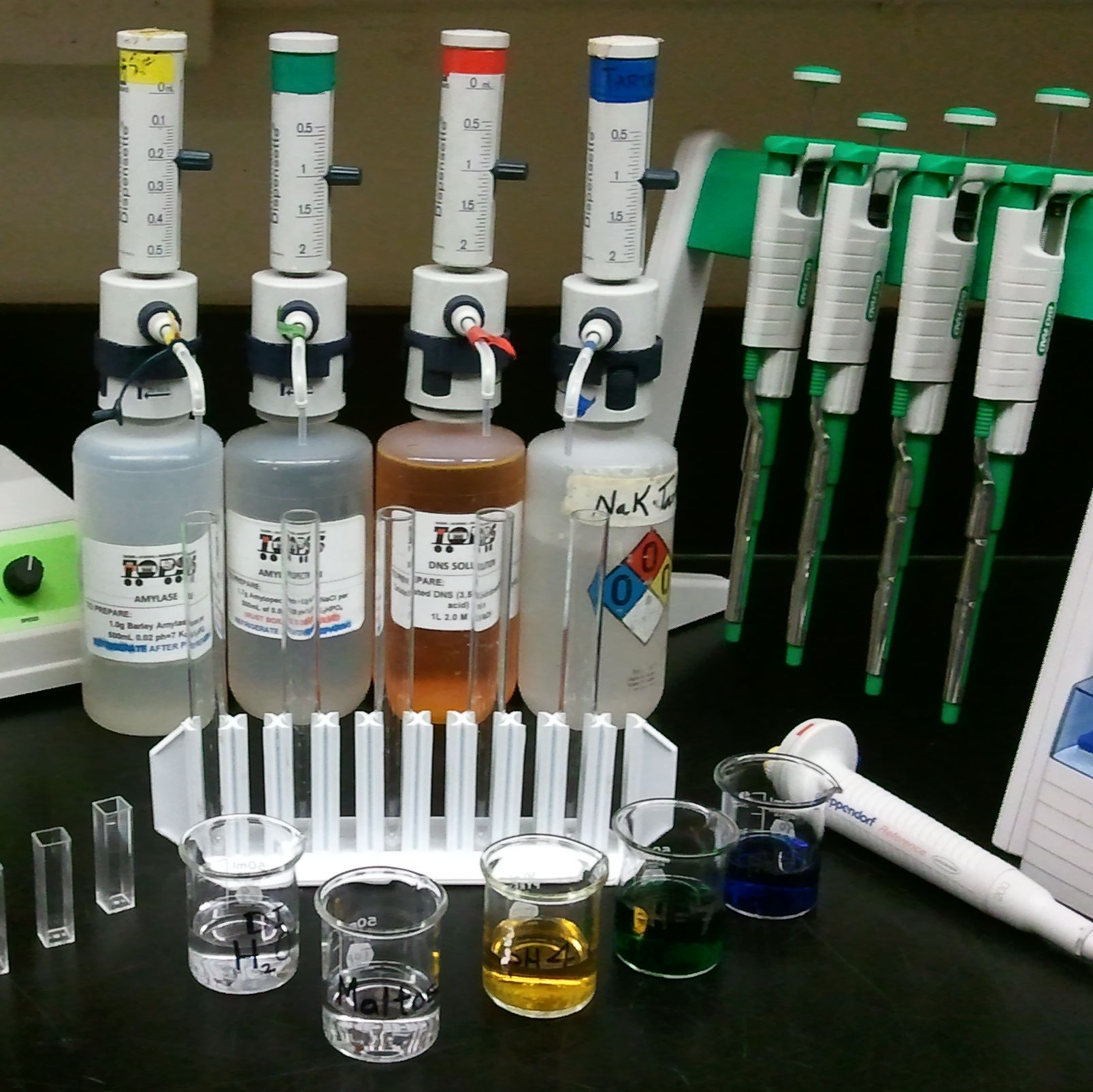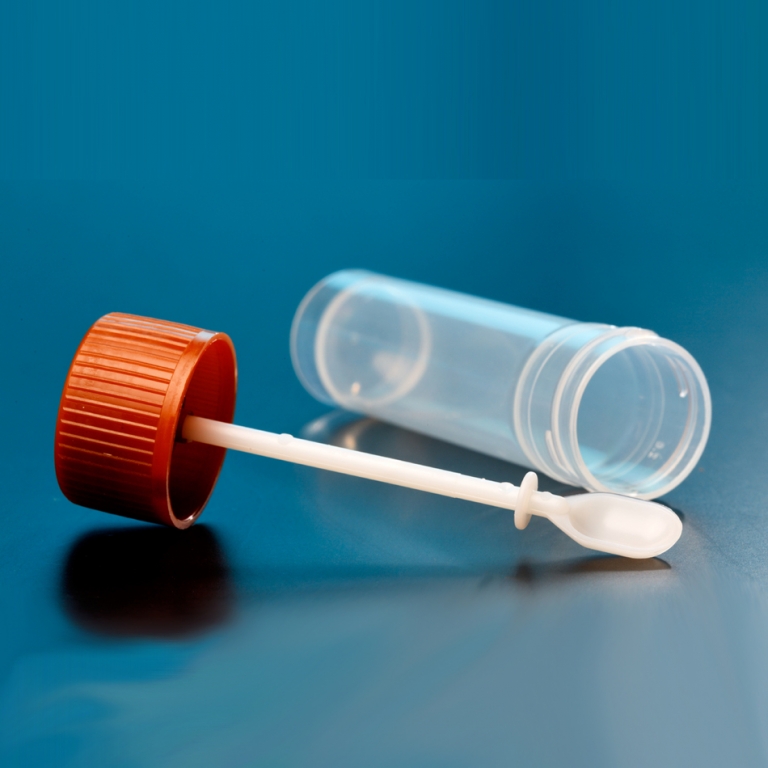Pancreatic function laboratory test package
Pancreatic dysfunction may occur in case of indigestion, diarrhoea, bloating, fullness. The pancreatic laboratory package examines pancreatic function from a blood sample (amylase, lipase) and a stool sample (pancreatic-specific elastase).
Pancreatic function
The pancreas is an excretory gland located behind the peritoneum with endocrine gland islands (Islets of Langerhans) that contain the essential enzymes needed for digestion. The head of the elongated glandular organ is located on the curvature of the duodenum, and the tail is under and behind the stomach. Protein, carbohydrate, and fat-breaking enzymes are vital components of the pancreatic fluid. Enzymes called trypsin, chymotrypsin, polypeptidase and dipeptidase are responsible for breaking down proteins. Protease are formed in the form of a proenzyme (pre-enzyme). Carbohydrates are broken down by a pancreatic enzyme called amylase, while fats are broken down by a lipase enzyme.
Items tested in the pancreatic laboratory package
Amylase
Amylase is an enzyme involved in the breakdown of polysaccharides (high molecular weight compounds). Polysaccharides are made up of hundreds or thousands of monosaccharides. The two most important polysaccharides are starch and cellulose.
What may be behind high amylase levels?
In most cases, its levels rise in acute pancreatitis. In addition to amylase levels, lipase is also measured to diagnose acute pancreatitis. In case of pancreatitis, amylase levels can be as much as five to ten times the normal. Elevated amylase levels may also indicate pancreatic cancer, ovarian cancer, lung cancer, intestinal obstruction, perforated ulcer, or mumps.
What can decreased amylase levels mean?
- pancreatic damage
- kidney disease
- gestational toxicosis


Lipase
Lipase is primarily an enzyme produced in the pancreas that helps break down fats.
What may be behind high lipase levels?
- Acute pancreatitis
- Pancreatic tumour
- Renal failure
In case of acute pancreatitis, lipase levels can reach two to five times the normal value.
In addition to lipase levels, amylase is also measured for diagnosis. If there is pancreatitis in the body, the level of lipase rises later than that of amylase, but remains permanently higher.
Pancreatic faecal elastase
This test measures the amount of elastase 1 enzyme produced by the pancreas in a stool sample and can be used to diagnose pancreatic diseases with insufficient digestive enzyme production.
Pancreatic elastase 1 passes through the digestive tract intact, allowing painless enzyme levels to be determined in the stool.
Stool pancreatic elastase 1 level content can already show a mild degree of pancreatic insufficiency.
What sampling tool is needed?
It is important to note that diarrheal stools are not suitable for testing and sampling should not take place during menstruation! The sampling device is a so-called spoon tube, which you can request at the receptions of our Clinics or in the laboratory.


How do I prepare for the test?
Empty stomach is required to perform the test.
